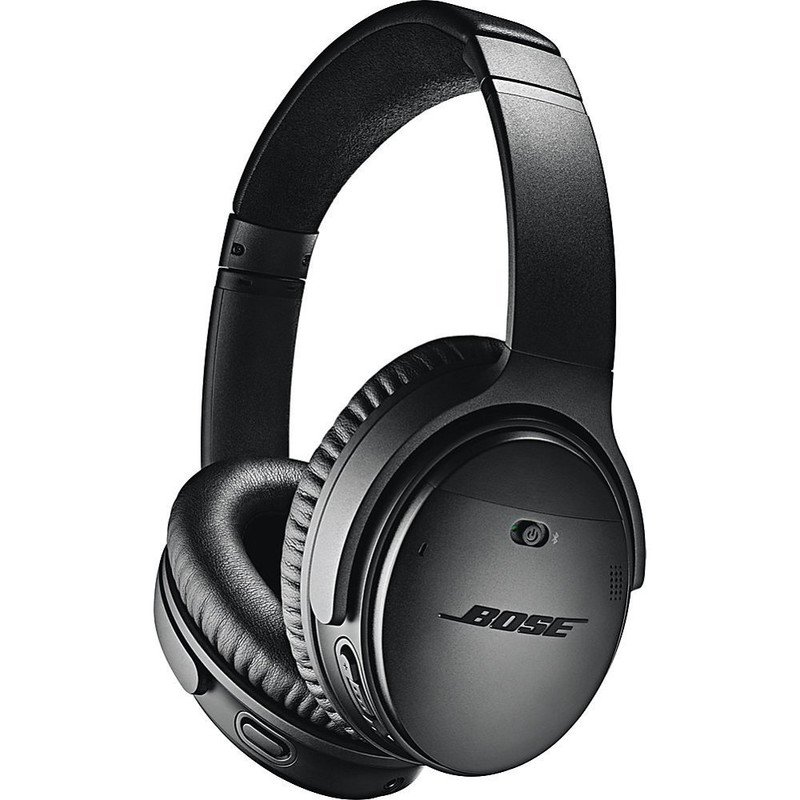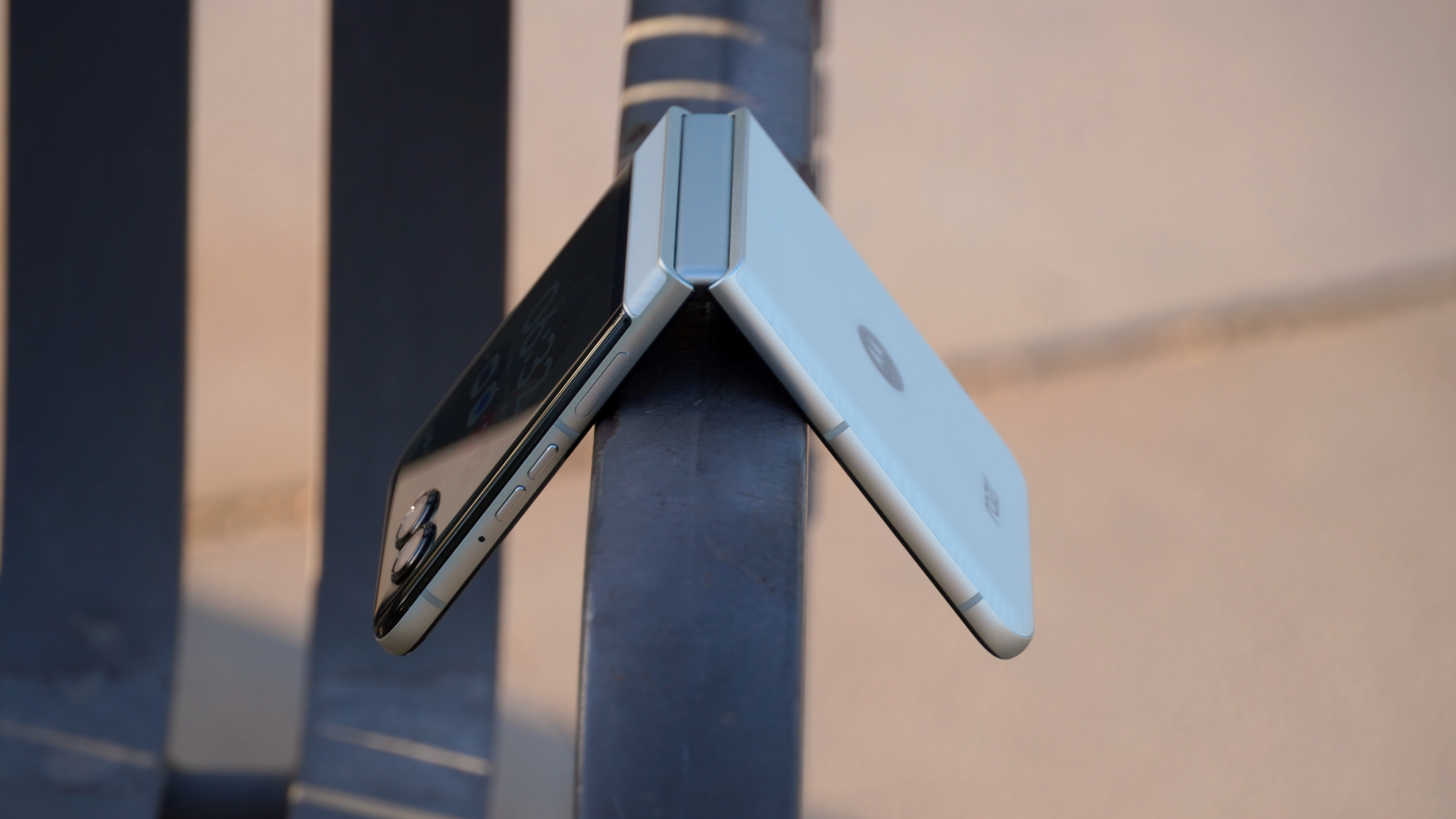What is active noise cancellation and how does it work in headphones?
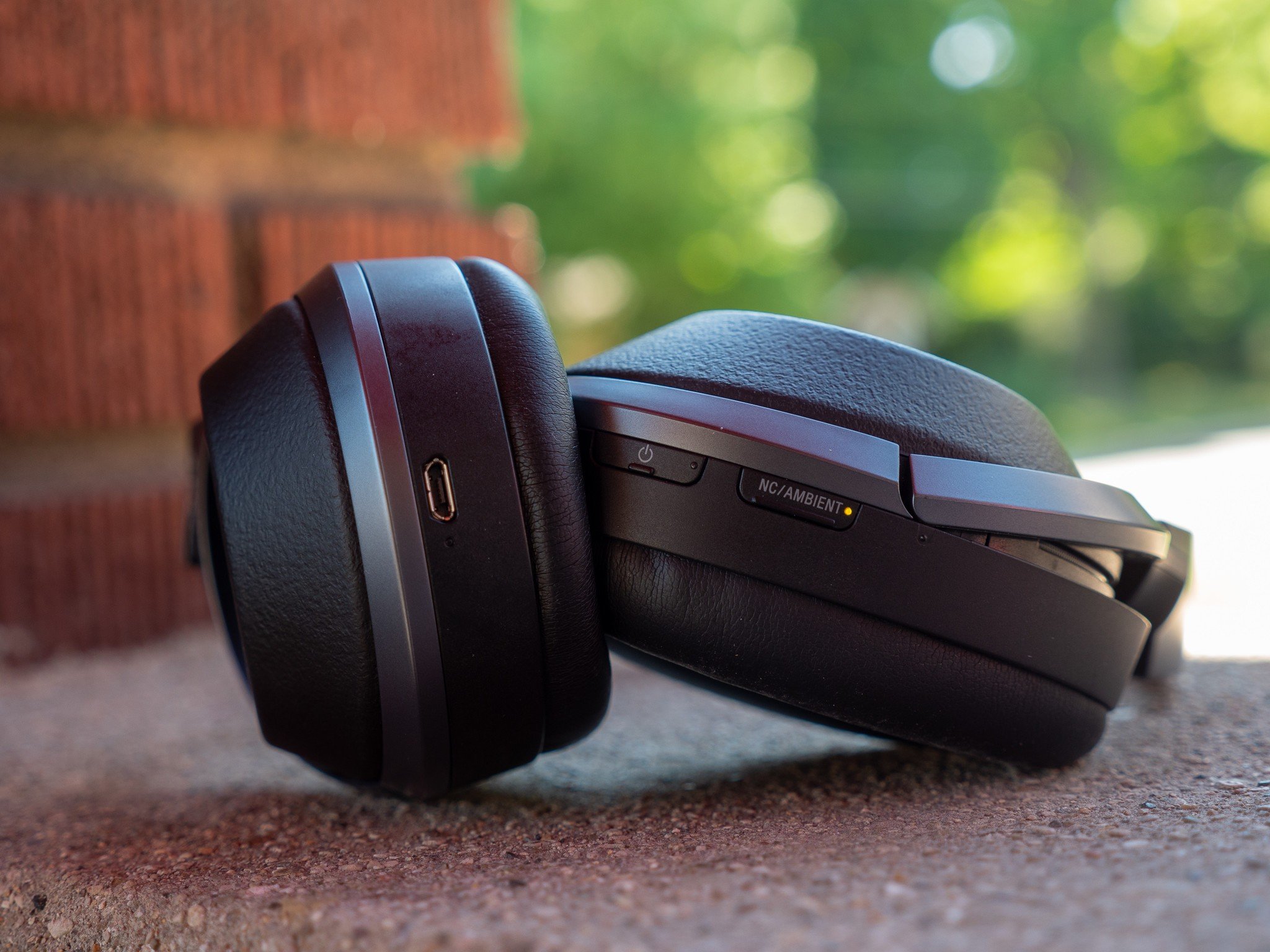
Best answer: Active noise cancellation is a process where a microphone is used to detect "noise" and a microprocessor is used to generate a sound that cancels it when played using what's known as destructive interference. It might seem like magic, but the science is simple once you get past the lingo.
- Amazon: Bose QuietComfort 35 Wireless Headphones ($349)
- Amazon: Sony WH1000XM3 Wireless Headphones ($348)
Audio and science
All headphones are "noise canceling" on some level because they block outside sounds by covering your ears. But even the heaviest and tightest pair of headphones can't block all outside noise, such as an airplane engine, so companies like Bose and others have turned to science to tackle the problem.
Sound travels in waves, and that's not just a random term applied to them. They have crests and valleys, just like a wave in the ocean, and the larger the distance between the top of a crest and the bottom of a wave (the amplitude) determines the loudness. The distance between each crest (or each valley) determines the frequency, and a higher frequency means a higher pitch. These seemingly arbitrary measurements are actually fairly easy for a microprocessor to measure with a high degree of accuracy.
Inside a pair of noise-canceling headphones, you'll find a microphone array whose only job is to measure the noise and build the waveform while there is no music or other audio playing through them. A microprocessor recreates this waveform — which should have the exact same properties as the original — so it can be played back through the headphones.
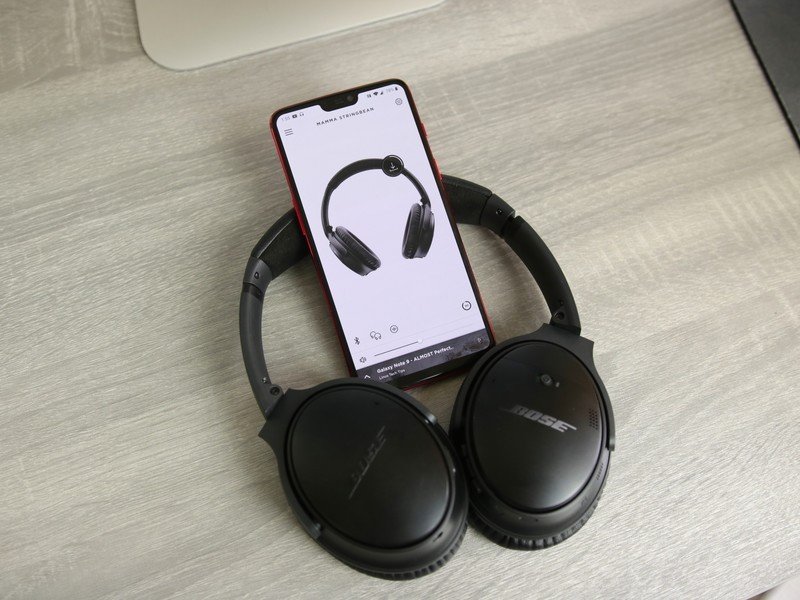
If everything stopped here, you would only hear the same noise being played back at whatever volume you have your headphones set to. But this is where the important stuff is done, and a process known as destructive interference is employed. The sound wave that the headphones build from the original audio is played 180-degrees out of phase with the original. The crests of the original wave are perfectly aligned with the valleys of the rebuilt copy, which brings the total amplitude back to zero, or no sound.
This is actual science. The peak of a crest is the sound wave's compression, the low point of a valley is its rarefaction. When both are the same measurement away from the median point, and you subtract the rarefaction from the compression, the total amplitude is zero. A zero amplitude signal is a flat line that would make no sound at all.
Get the latest news from Android Central, your trusted companion in the world of Android
Active noise cancellation can never be perfect, but it can get very close. Because of this, you can notice a soft whine or buzz coming from a set of headphones with noise cancellation enabled when you have no other audio playing, but more often than not it's of such low volume you hardly notice. And because of the destructive interference happening, any part of the audio you want to hear that matches the waveform exactly will be affected and altered. Again, this is usually so little of an effect most people never notice it.
The last thing to know is that you need to provide adequate power for any of this to happen, and as the battery in any pair of headphones with ANC drains, the effect can't be applied as well. Just keep your headphones charged, and even if you end up with a seat on the row with the wing, your next plane ride can be filled with peace and quiet.
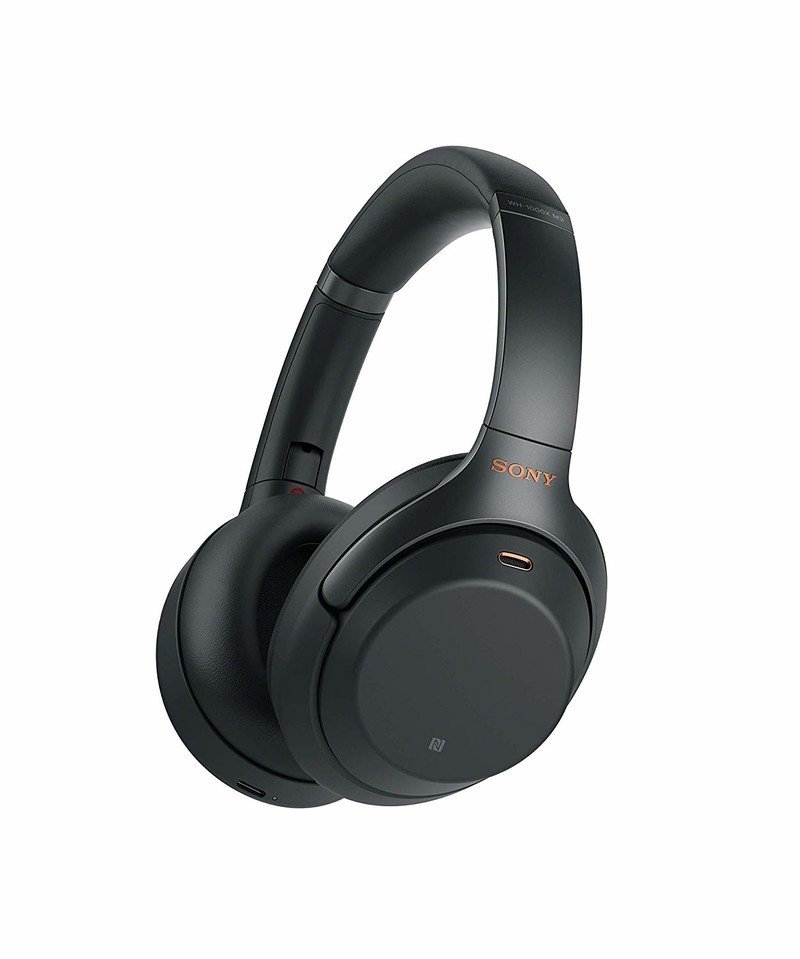
Hi-Res Bluetooth
Sony's WH1000XM3 Wireless Headphones provide up to a whopping 30 hours of use on a single charge and have what many consider the industry's best active noise cancellation. They also support Sony's LDAC codec for high-resolution audio files.

Jerry is an amateur woodworker and struggling shade tree mechanic. There's nothing he can't take apart, but many things he can't reassemble. You'll find him writing and speaking his loud opinion on Android Central and occasionally on Threads.
